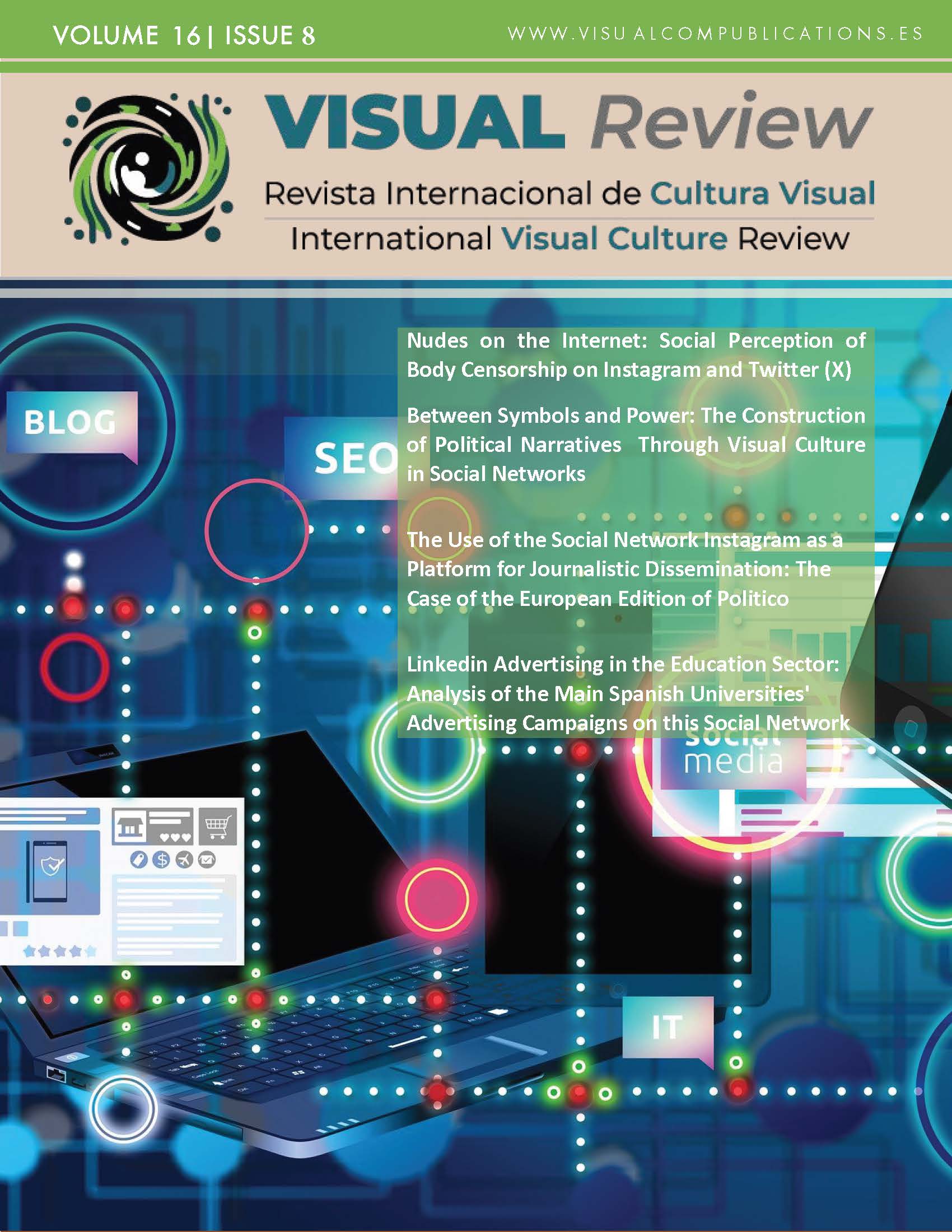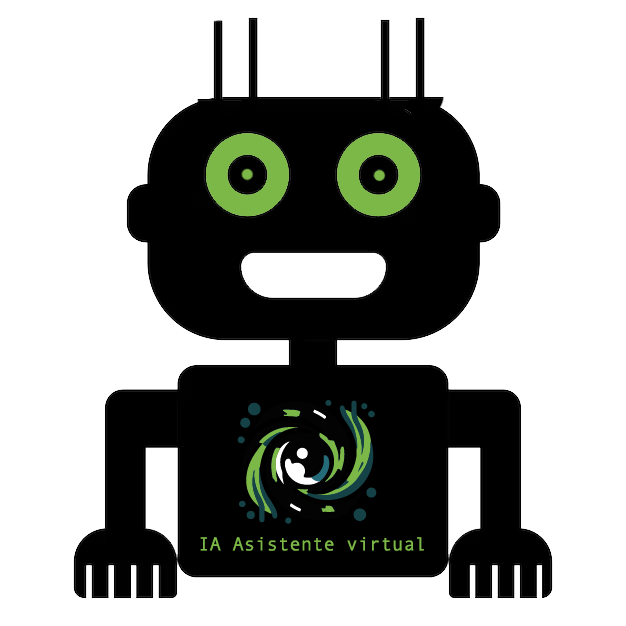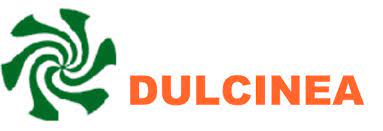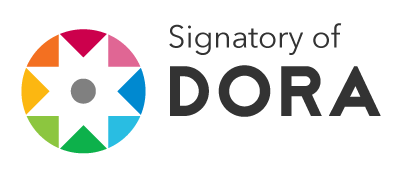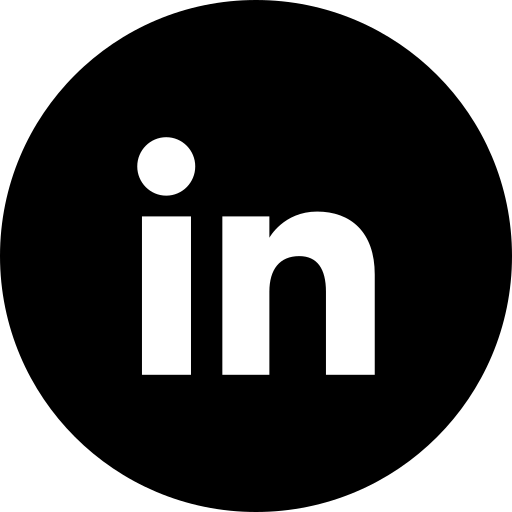Los Recursos Audiovisuales en la Mejora del Rendimiento Académico de los Estudiantes de Ingeniería
DOI:
https://doi.org/10.62161/revvisual.v16.5671Palabras clave:
Distribución audiovisualResumen
Este artículo analiza los recursos audiovisuales para mejorar el aprendizaje y las calificaciones de los estudiantes de ingeniería. Para ello, se ha aplicado la metodología flipped class en el laboratorio de la asignatura de Obras Hidráulicas de tres instituciones educativas con diferentes entornos geopolíticos. El planteamiento revela que el grupo experimental presenta una mejora en la adquisición de competencias, la satisfacción y la nota del examen en comparación con los estudiantes del grupo de control. Se concluye que los recursos audiovisuales promueven una mayor destreza y confianza en los estudiantes, lo que repercute positivamente en el rendimiento académico.
Descargas
Estadísticas globales ℹ️
|
655
Visualizaciones
|
543
Descargas
|
|
1198
Total
|
|
Citas
Cabi, E. (2018). The Impact of the Flipped Classroom Model on Students’ Academic Achievement. The International Review of Research in Open and Distributed Learning, 19(3), 202–221. https://doi.org/10.19173/IRRODL.V19I3.3482 DOI: https://doi.org/10.19173/irrodl.v19i3.3482
Campillo-Ferrer, J. M., & Miralles-Martínez, P. (2021). Effectiveness of the flipped classroom model on students’ self-reported motivation and learning during the COVID-19 pandemic. Humanities and Social Sciences Communications 2021 8:1, 8(1), 1–9. https://doi.org/10.1057/s41599-021-00860-4 DOI: https://doi.org/10.1057/s41599-021-00860-4
Caramutti De La Piedra, R. D. P., & Ibáñez, D. B. (2022). University graduates in Peru: sociocultural implications in their research to graduate. University graduates and graduation research. VISUAL Review. International Visual Culture Review / Revista Internacional de Cultura , 9. https://doi.org/10.37467/revvisual.v9.3738 DOI: https://doi.org/10.37467/revvisual.v9.3738
Cartes-Barroso, M. J. (2022). Audiovisual journalism and technological innovation. The QR codes on Spanish television. VISUAL Review. International Visual Culture Review / Revista Internacional de Cultura , 9. https://doi.org/10.37467/revvisual.v9.3687 DOI: https://doi.org/10.37467/revvisual.v9.3687
Dehghan, S., Horan, E. M., & Frome, G. (2022). Investigating the Impact of the Flipped Classroom on Student Learning and Enjoyment in an Organic Chemistry Course. Journal of Chemical Education, 99(7), 2512–2519. https://doi.org/10.1021/ACS.JCHEMED.1C01104/ASSET/IMAGES/MEDIUM/ED1C01104_0002.GIF DOI: https://doi.org/10.1021/acs.jchemed.1c01104
De La Torre, V. M., & Díaz-Luc, A. (2023). Application of the methodology based on projects in university teaching. Case study in the audiovisual communication degree. Human Review. International Humanities Review / Revista Internacional de Humanidades, 16(3). https://doi.org/10.37467/revhuman.v12.4655 DOI: https://doi.org/10.37467/revhuman.v12.4655
Del Savio, A. A., Carrasco, L. Z., Nakamatsu, E. C., Velarde, K. G., Martinez-Alonso, W., & Fischer, M. (2023). Applying Project-Based Learning (PBL) for Teaching Virtual Design Construction (VDC). International Journal of Engineering Pedagogy, 13(2), 64–85. https://doi.org/10.3991/IJEP.V13I2.35877 DOI: https://doi.org/10.3991/ijep.v13i2.35877
Duan, W., Maskey, S., Chaffe, P. L. B., Luo, P., He, B., Wu, Y., & Hou, J. (2021). Recent Advancement in Remote Sensing Technology for Hydrology Analysis and Water Resources Management. Remote Sensing 2021, Vol. 13, Page 1097, 13(6), 1097. https://doi.org/10.3390/RS13061097 DOI: https://doi.org/10.3390/rs13061097
González-González, I., & Jiménez-Zarco, A. I. (1 C.E.). Using an Audiovisual Case Methodology to Develop Critical Thinking Competence in Distance E-Learning Environment: The Open University of Catalonia (UOC) Experience. Https://Services.Igi-Global.Com/Resolvedoi/Resolve.Aspx?Doi=10.4018/978-1-4666-4876-0.Ch009, 171–187. https://doi.org/10.4018/978-1-4666-4876-0.CH009 DOI: https://doi.org/10.4018/978-1-4666-4876-0.ch009
Guerra, P. (2022). From the Borders and Edges: Youth Cultures, Arts, Urban Areas and Crime Prevention. Urban Book Series, 75–91. https://doi.org/10.1007/978-3-031-15108-8_4 DOI: https://doi.org/10.1007/978-3-031-15108-8_4
Howard, F. (2022). Artistic Production and (Re) production: Youth Arts Programmes as Enablers of Common Cultural Dispositions. Cultural Sociology, 16(4), 468–485. https://doi.org/10.1177/17499755211066371/FORMAT/EPUB DOI: https://doi.org/10.1177/17499755211066371
Karabulut-Ilgu, A., Jaramillo Cherrez, N., & Jahren, C. T. (2018). A systematic review of research on the flipped learning method in engineering education. British Journal of Educational Technology, 49(3), 398–411. https://doi.org/10.1111/bjet.12548 DOI: https://doi.org/10.1111/bjet.12548
Karla, M., Berrio, C., Mesa, D. P., Campos Posada, R., & Campos Posada, G. E. (2017). Mediaciones en los usos sociales de Internet por estudiantes universitarios cubanos de Ciencias de la Información, Periodismo y Comunicación Social Mediations in the social use of the Internet by Cuban university students of Information Sciences, Journalism and Social Communication (Vol. 28, Issue 2). http://scielo.sld.cu
Lorenzo, A. J. R. (2022). The new audiovisual trends with the one-person consumme as the new reality. From group experience to personalized individual consumption. VISUAL Review. International Visual Culture Review / Revista Internacional de Cultura , 9. https://doi.org/10.37467/REVVISUAL.V9.3610 DOI: https://doi.org/10.37467/revvisual.v9.3610
Maloney Williams, K. (2021). Exploring new literacies: A case study on technology and teacher Exploring new literacies: A case study on technology and teacher development in Cuban primary schools development in Cuban primary schools. https://digitalcommons.uri.edu/jmle-preprints DOI: https://doi.org/10.23860/JMLE-2022-14-1-6
Máñez, I., Skrobiszewska, N., Descals, A., Cantero, M. J., Cerdán, R., García, Ó. F., & García-Ros, R. (2024). Channelling feedback through audiovisual presentations: Do higher education students perceive, use and benefit from video feedback compared to written feedback? Journal of Computer Assisted Learning. https://doi.org/10.1111/jcal.12993 DOI: https://doi.org/10.1111/jcal.12993
Martín-Romo, L. A., & Belinchón, C. S. (2022). The audiovisual proposal as a reflection of the influence of social networks on young people. Nerve’s case. VISUAL Review. International Visual Culture Review / Revista Internacional de Cultura , 9. https://doi.org/10.37467/REVVISUAL.V9.3604 DOI: https://doi.org/10.37467/revvisual.v9.3604
Melo, L., & Sánchez, R. (2017). Análisis de las percepciones de los alumnos sobre la metodología flipped classroom para la enseñanza de técnicas avanzadas en laboratorios de análisis de residuos de medicamentos veterinarios y contaminantes. Educacion Quimica, 28(1), 30–37. https://doi.org/10.1016/j.eq.2016.09.010 DOI: https://doi.org/10.1016/j.eq.2016.09.010
Mendonça, M., Popov, O., Frånberg, G. M., & Cossa, E. (2012). Introducing a Student-centred Learning Approach in Current Curriculum Reform in Mozambican Higher Education. Education Inquiry, 3(1), 37–48. https://doi.org/10.3402/EDUI.V3I1.22012 DOI: https://doi.org/10.3402/edui.v3i1.22012
Paterson, C., Paterson, N., Jackson, W., & Work, F. (2020). What are students’ needs and preferences for academic feedback in higher education? A systematic review. Nurse Education Today, 85, 104236. https://doi.org/10.1016/J.NEDT.2019.104236 DOI: https://doi.org/10.1016/j.nedt.2019.104236
Pedro Campira, F., Silva Almeida ii, L., & Araújo, A. M. (2021). Satisfacción académica: un estudio cualitativo con estudiantes universitarios de Mozambique. Educação & Formação, 6(3), 2021. https://doi.org/10.25053/REDUFOR.V6I2.4913
Piemontese, S. (2021). Combining Participatory and Audiovisual Methods with Young Roma “Affected by Mobility.” IMISCOE Research Series, 177–196. https://doi.org/10.1007/978-3-030-67608-7_10/FIGURES/6 DOI: https://doi.org/10.1007/978-3-030-67608-7_10
Remaycuna-Vasquez, A., Carrión-Barco, G., Atoche-Silva, L. A., Vela-Miranda, O. M., Horna-Calderón, V. E., Espinoza-Porras, F. R., & Fernández-Otoya, F. A. (2024). Digital video-based study habits as mediators of academic performance in university students. VISUAL REVIEW. International Visual Culture Review / Revista Internacional de Cultura Visual, 16(1), 155–166. https://doi.org/10.62161/REVVISUAL.V15.5135 DOI: https://doi.org/10.62161/revvisual.v15.5135
Rhongo, D., & da Piedade, B. (2022). E-Teaching in Higher Education: An Analysis of Teachers’ Challenges Facing E-Learning in Mozambique. Lecture Notes in Networks and Systems, 389 LNNS, 403–414. https://doi.org/10.1007/978-3-030-93904-5_41 DOI: https://doi.org/10.1007/978-3-030-93904-5_41
Río-Gamero, D., Santiago, B. ;, Schallenberg-Rodríguez, D. E. ;, Melián-Martel, J. ;, Del Río-Gamero, B., Santiago, D. E., Schallenberg-Rodríguez, J., & Melián-Martel, N. (2022). Citation: Does the Use of Videos in Flipped Classrooms in Engineering Labs Improve Student Performance? https://doi.org/10.3390/educsci
Salazar-Palomino, S., Romaní, Y. L. H., Szczcpansky-Grobas, D., & Alarcón-Sucasaca, A. (2024). Application of Audiovisual Resources in University Students in Rural Areas. VISUAL Review. International Visual Culture Review / Revista Internacional de Cultura , 16(2), 137–151. https://doi.org/10.62161/revvisual.v16.5251 DOI: https://doi.org/10.62161/revvisual.v16.5251
Seibert, J., Uhlenbrook, S., & Wagener, T. (2013). “Hydrology education in a changing world.” Hydrol. Earth Syst. Sci, 17, 1393–1399. https://doi.org/10.5194/hess-17-1393-2013 DOI: https://doi.org/10.5194/hess-17-1393-2013
Shi, Y., & Qu, S. (2022). The effect of cognitive ability on academic achievement: The mediating role of self-discipline and the moderating role of planning. Frontiers in Psychology, 13. https://doi.org/10.3389/fpsyg.2022.1014655 DOI: https://doi.org/10.3389/fpsyg.2022.1014655
Silva Hernández, F. (2023). Audiovisual reality for educational quality in universities. VISUAL Review. International Visual Culture Review / Revista Internacional de Cultura , 13(3). https://doi.org/10.37467/revvisual.v10.4574 DOI: https://doi.org/10.37467/revvisual.v10.4574
Taber, K. S. (2018). The Use of Cronbach’s Alpha When Developing and Reporting Research Instruments in Science Education. Research in Science Education, 48(6), 1273–1296. https://doi.org/10.1007/S11165-016-9602-2/TABLES/1 DOI: https://doi.org/10.1007/s11165-016-9602-2
Vicente, A. C., Jiménez, J. B., & García, C. S. (2022). Use of reusable audiovisual elements as means to improve learning of Mathematics in Engineering. Experience based on teaching mathematics in engineering degrees. Human Review. International Humanities Review / Revista Internacional de Humanidades, 11(Monografico), 1–13. https://doi.org/10.37467/revhuman.v11.3974 DOI: https://doi.org/10.37467/revhuman.v11.4505
Werthein, J. (1976). Televisión educativa y empleo de los medios masivos para la educación en Cuba. In Revista del Centro de Estudios Educativos (México) (Vol. 4).
Descargas
Publicado
Cómo citar
Número
Sección
Licencia
Derechos de autor 2024 VISUAL REVIEW. International Visual Culture Review / Revista Internacional de Cultura Visual

Esta obra está bajo una licencia internacional Creative Commons Atribución-SinDerivadas 4.0.
Los autores/as que publiquen en esta revista aceptan las siguientes condiciones:
- Los autores/as conservan los derechos de autor.
- Los autores/as ceden a la revista el derecho de la primera publicación. La revista también posee los derechos de edición.
- Todos los contenidos publicados se regulan mediante una Licencia Atribución/Reconocimiento-SinDerivados 4.0 Internacional. Acceda a la versión informativa y texto legal de la licencia. En virtud de ello, se permite a terceros utilizar lo publicado siempre que mencionen la autoría del trabajo y a la primera publicación en esta revista. Si transforma el material, no podrá distribuir el trabajo modificado.
- Los autores/as pueden realizar otros acuerdos contractuales independientes y adicionales para la distribución no exclusiva de la versión del artículo publicado en esta revista (p. ej., incluirlo en un repositorio institucional o publicarlo en un libro) siempre que indiquen claramente que el trabajo se publicó por primera vez en esta revista.
- Se permite y recomienda a los autores/as a publicar su trabajo en Internet (por ejemplo en páginas institucionales o personales), una vez publicado en la revista y citando a la misma ya que puede conducir a intercambios productivos y a una mayor y más rápida difusión del trabajo publicado (vea The Effect of Open Access).

